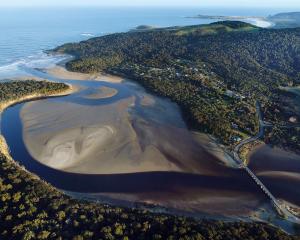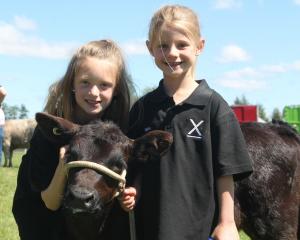
They had been grazing on Otago Regional Council land on the riverbank and were cut off, on a small island, after the river rose rapidly on Sunday night.
Some farmers used boats to help search for stock yesterday.
Others in utility vehicles drove on to the floodbank to retrieve the sodden animals.
One farmer waded into the river and grabbed a sheep, encouraging it to walk through the water to safety on the floodbank, a farmer said.
After one animal made the journey across, the rest soon followed, the farmer said.
The sheep were then herded into vehicles by the waiting group of farmers and taken to a nearby paddock, the farmer said.
Little rain over the weekend meant most areas in and around Balclutha escaped with no more than surface flooding.
Problems were minor, farmers said.
Those spoken to said the high river levels upstream still arrived in the lower Clutha system.
Conditions would have been worse if rain had been heavy in recent days.
Areas which usually flood when the river rises reported surface flooding.
These included parts of Inch Clutha and low-lying areas around Kaitangata, near the river.
The Otago Regional Council's river flow website said the lower Clutha was running at 1701 cumecs at 1pm yesterday.
This brought the river into what the council termed "active flood mode".
That level nudged it closer to the third warning level of 1850 cumecs.
A general flood emergency would be declared if the river reached 2310 cumecs.
At a level of over 3090 cumecs, floodwater would spill into the Barnego area.
But those levels were well below the 5710 cumecs level, which would send water flowing into Balclutha itself.













